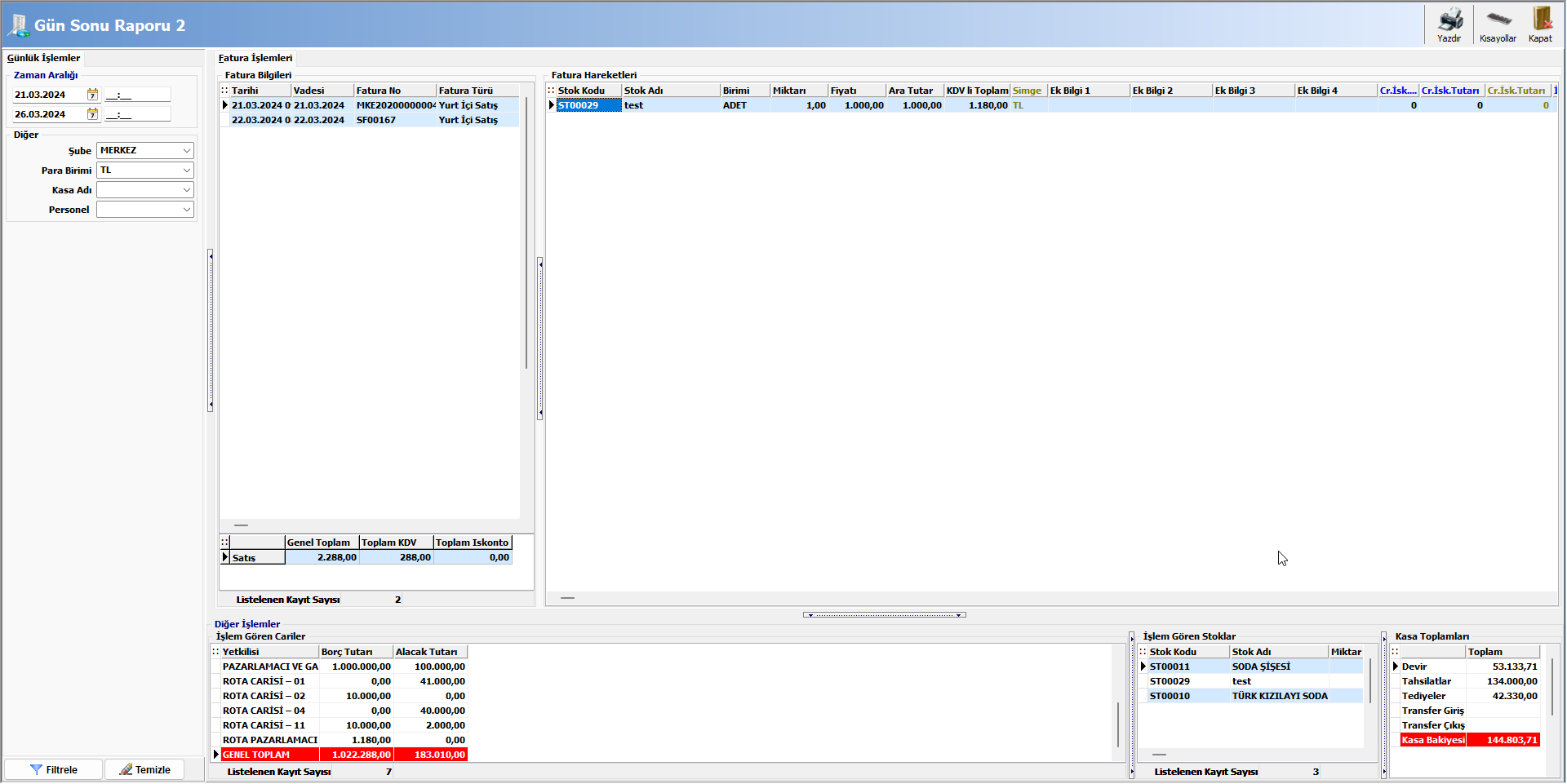Net Asset Value (NAV) Explained: Amundi MSCI World II UCITS ETF Dist

Table of Contents
Net Asset Value (NAV) represents the net value of an asset after deducting liabilities. For an ETF, it's essentially the total value of all the assets held within the fund, minus any liabilities such as management fees and expenses, divided by the number of outstanding shares. Understanding NAV is especially important when analyzing the Amundi MSCI World II UCITS ETF Dist, a popular choice for investors seeking broad global market exposure. This ETF tracks the MSCI World Index, providing diversified exposure to a large number of international companies. Therefore, understanding how its NAV is calculated and what influences it is critical for effective investment management.
Calculating the NAV of the Amundi MSCI World II UCITS ETF Dist
Calculating the NAV of the Amundi MSCI World II UCITS ETF Dist, or any ETF for that matter, involves a straightforward process. It's a snapshot of the fund's worth at a specific point in time.
-
Total Market Value of Assets: This is the sum of the current market values of all the stocks, bonds, and other assets held within the ETF. The Amundi MSCI World II UCITS ETF Dist, due to its broad global focus, will hold a large and diverse portfolio of assets. Each asset's value is determined by its current market price.
-
Less: Liabilities: This includes all the outstanding debts and expenses of the ETF, such as management fees, administrative costs, and any other outstanding obligations.
-
Equals: Net Asset Value: Subtracting the liabilities from the total market value of assets gives the fund's net asset value.
-
NAV per Share: To arrive at the NAV per share, the total Net Asset Value is divided by the total number of outstanding shares of the ETF. This figure is what investors typically see reported and is crucial for understanding the value of their investment.
NAV calculations are typically performed daily, usually at the market close, reflecting the end-of-day values of the underlying assets.
Importance of NAV for ETF Investors
Understanding the NAV of the Amundi MSCI World II UCITS ETF Dist is critical for several reasons.
-
Tracking Performance: Changes in the NAV over time directly reflect the ETF's performance. An increase in NAV indicates positive performance, while a decrease signals underperformance. Tracking NAV changes allows investors to monitor their investment's growth or decline.
-
Comparing NAV to the ETF's Market Price: The ETF's market price, what you buy or sell it for, can sometimes deviate slightly from its NAV. This difference creates a premium (market price > NAV) or discount (market price < NAV). Understanding this difference can help identify potential arbitrage opportunities or indicate market sentiment towards the ETF.
-
Understanding Investment Returns: The change in NAV, combined with any dividend distributions, determines your total return on investment. This helps in evaluating the effectiveness of your investment strategy.
-
Making Informed Buy/Sell Decisions: By analyzing trends in the NAV and comparing it to the market price, investors can make more informed decisions about when to buy or sell the ETF, potentially maximizing their returns.
Factors Affecting the NAV of the Amundi MSCI World II UCITS ETF Dist
Several factors can influence the NAV of the Amundi MSCI World II UCITS ETF Dist.
-
Market Fluctuations: The primary driver of NAV changes is the performance of the underlying assets within the ETF. Positive market movements generally lead to an increase in NAV, while negative movements result in a decrease.
-
Currency Fluctuations: Since the Amundi MSCI World II UCITS ETF Dist holds assets in various currencies, fluctuations in exchange rates can impact the overall NAV, particularly for investors holding the ETF in a different currency.
-
Dividend Distributions: When the underlying companies within the ETF pay dividends, the NAV will initially decrease by the amount of the dividend distributed. However, the investor will receive the dividend payment separately.
-
Management Fees and Expenses: Management fees and other operational expenses are deducted from the fund's assets, resulting in a lower NAV. These costs should be factored into the overall investment performance evaluation.
Where to Find the NAV of the Amundi MSCI World II UCITS ETF Dist
Reliable sources for obtaining the daily NAV of the Amundi MSCI World II UCITS ETF Dist include:
-
Official ETF Provider Website: Amundi's official website is the primary source for accurate and up-to-date NAV information. Look for sections dedicated to ETF factsheets or pricing data. [Insert link to Amundi's relevant webpage if available]
-
Financial News Websites and Broker Platforms: Many financial news websites and online brokerage platforms provide real-time or end-of-day NAV data for ETFs like the Amundi MSCI World II UCITS ETF Dist. Examples include [list examples, e.g., Bloomberg, Yahoo Finance].
Conclusion: Mastering Net Asset Value (NAV) for Amundi MSCI World II UCITS ETF Dist Investment
Understanding the Net Asset Value (NAV) of your Amundi MSCI World II UCITS ETF Dist is crucial for informed investment decisions. Regularly monitoring the NAV, understanding its calculation, and recognizing the factors that influence it – from market fluctuations to dividend distributions and management fees – will empower you to make more strategic investment choices. Use this knowledge to optimize your investment strategy and track the performance of your global portfolio effectively. Regularly review the NAV and consider it a key indicator of your investment's health within the broader context of your portfolio's overall performance.

Featured Posts
-
 Bangladesh Businesses In Europe Collaboration For Future Success
May 24, 2025
Bangladesh Businesses In Europe Collaboration For Future Success
May 24, 2025 -
 Elena Rybakina Tretiy Krug Na Turnire Wta 1000 V Rime
May 24, 2025
Elena Rybakina Tretiy Krug Na Turnire Wta 1000 V Rime
May 24, 2025 -
 Affordable Country Escapes Properties For Sale Under 1m
May 24, 2025
Affordable Country Escapes Properties For Sale Under 1m
May 24, 2025 -
 Avrupa Borsalari Guen Sonu Raporu Karisik Islemler
May 24, 2025
Avrupa Borsalari Guen Sonu Raporu Karisik Islemler
May 24, 2025 -
 Ferrari Owners Guide Essential Gear And Accessories
May 24, 2025
Ferrari Owners Guide Essential Gear And Accessories
May 24, 2025
